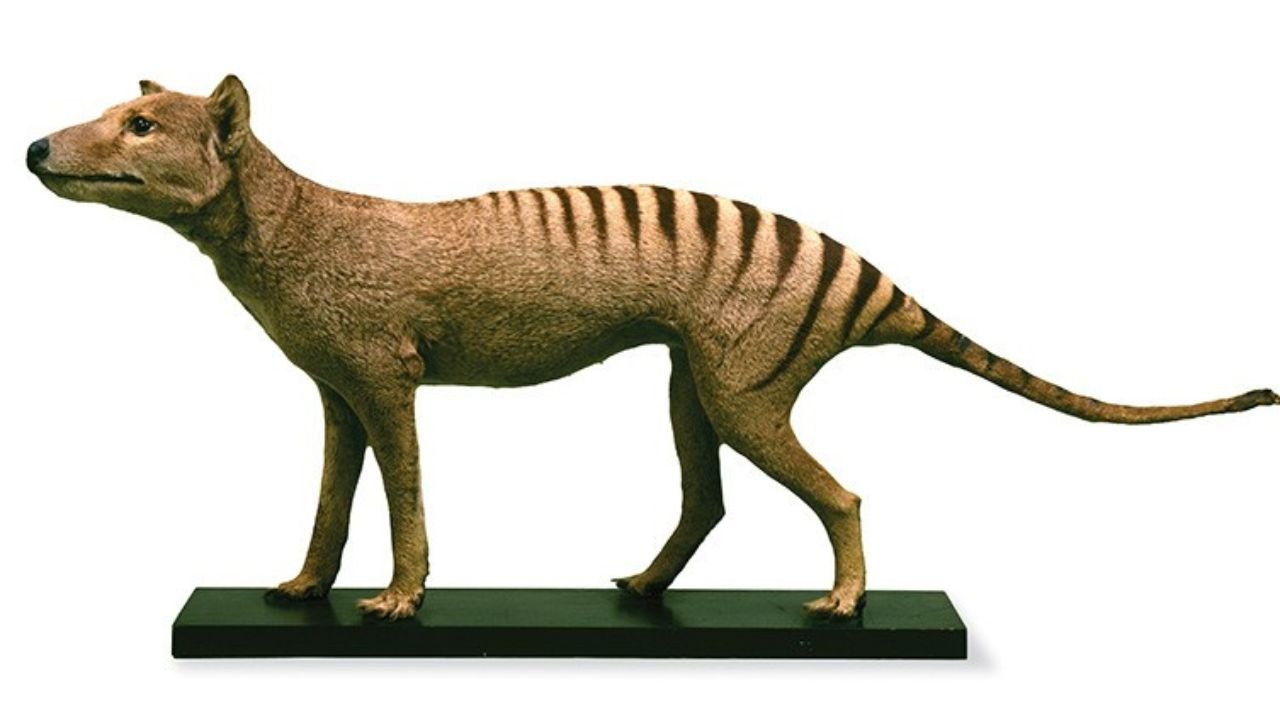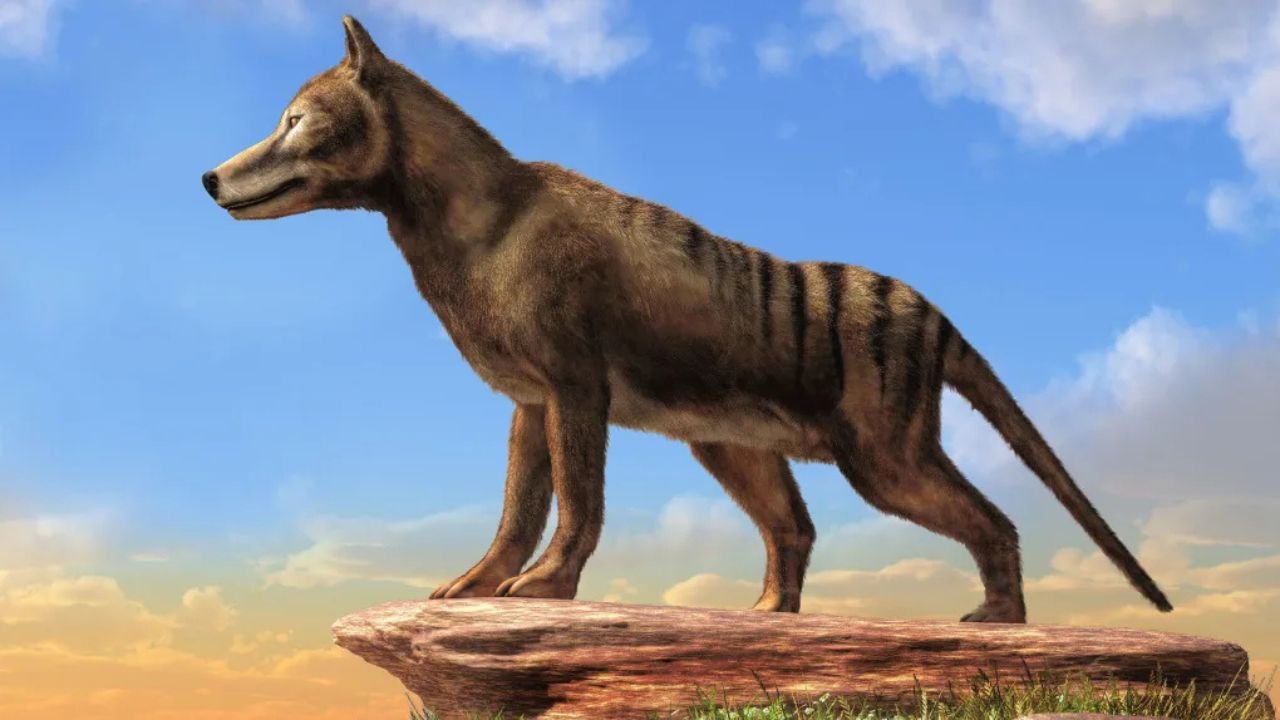In Australia, one-third of all current extinction of mammals in the world occurs. At least ten of the species and six subspecies of Australian marsupials went extinct because of European settlement, many more facing a high risk today.
Knowing the factors that have worked against fauna and flora historically in causing decline and extinction is a significant process to halt further gains in biodiversity alterations. The Tasmanian tiger, or thylacine, which was among the most fabled species of Australia, became extinct on the continent some 2000 years ago and on Tasmania, which held the last small thylacine population, when the Europeans entered Australia.
Suggestions were made, with heavy exaggeration, that the animal caused damage. Between 1888 and 1909, more than 2000 bounties were paid for its extermination, and this, together with an exaggerated story of sudden thylacine population decline in the early 1900s, became the rationale upon which it was astonishingly declared extinct in 1936.

The bounty perceived by the government for their extinction may look the obvious reason. However, an increasing amount of scientific proof suggests a much more complicated tapestry of forces for their decline. Competition with dogs; habitat loss and changing fire regime that lead to population fragmentation; and an epidemic disease that spread through the population in the 1920s…all play a varying role.
Increased evidence indicts larger-bodied species as being more susceptible to extinction than smaller-bodied ones. As hefty-bodied predators, it might have been energetically too punishing for the thylacines to hunt small prey: on the other side, their food resources could have been scant to sustain them unless small prey were abundant.
The question of whether thylacine could subdue large prey species like the kangaroo, emu, or adult sheep is still debatable. Based on their dentition and jaw structure, they seem to have been, with a high degree of certainty, meat specialists with not much development for chewing bones or scavenging. Anecdotal evidence suggests that the thylacine could hunt large prey of up to 30 kg, like kangaroo or emu. However, many naturalists observed very little of its hunting behavior, and most accounts are from quite dubious sources.

The morphological characteristics-including an extremely long snout and very slow rate of canine wear and fracture-would suggest a preference for small prey, although this wide gape may allow for catching larger species.
Caves were presumably used as lairs by the thylacine and are associated with prey remains in sub-fossil cave deposits ranging from 1 to 5 kg. Because prey brought back to a den may be the smaller species killed, they may not represent the full range of prey species killed by thylacines.
Modern tools might establish beyond doubt the thylacine diet. The mechanics of the thylacine skull could lead to the determination of hunting methods and limitations on the size of prey they might catch.
Finite element analysis engineers the thylacine skull digitally alongside its two living relatives: the Tasmanian devil and the spotted-tail quoll, both of which actively hunt large prey by relative comparisons with their own size. We would expect the thylacine to have similar skull performance under feeding simulations should it hunt large prey.
Using computerized tomography (CT), scans of each of the skulls were digitized and rendered into a three-dimensional model. Beams were then attached to the skull to simulate different jaw-closing muscles, which act on the skull during chewing. Killing behaviors were also simulated, including shaking, pulling, and chomping down on a prey item. We would get stress data from each simulation, which would give a good index of the failure of ductile materials, like bone.
FAQS:
What’s the Tasmanian tiger?
The Tasmanian tiger, or thylacine, is a carnivorous marsupial from Tasmania, Australia, and New Guinea, whose characteristic features include stripes on its lower back and looks resembling those of a dog.
When did Tasmanian tiger extinct?
It is known that the last captive Tasmanian tiger died in 1936 at the Hobart Zoo. The IUCN has declared the species extinct in 1986.
Why did human hunt Tasmanian tigers?
The Tasmanian government offered bounties on thylacines for killing livestock especially sheep as the government blamed thylacines for killing livestock.
Did disease play a role in the extinction of the thylacine?
Yes, disease was thought to have been one of them with a particular proposition that it may have been introduced by dogs that subsequently weakened an already reduced population and this ultimately led to extinction.
